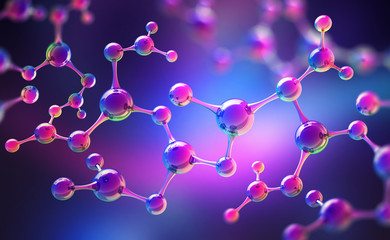Biomass-based biosorbents potential for wastewater treatment
I. Zahoor
Material Science, Institute of Flexible Electronics, Northwestern Polytechnical University, China.
Abstract
Biosorption is a cost-effective and eco-friendly method for removing pollutants from water, using agricultural waste, microbial biomass, and plant residues. Adsorbents like activated carbon, biochar, and modified biomass show promising results, with mechanisms like electrostatic interactions and hydrogen bonding playing key roles. Surface modification techniques, such as acid treatment and nanoparticle incorporation, enhance biosorption efficiency. Despite challenges in scalability and efficiency, research aims to enhance biosorption processes for widespread industrial success and cleaner water resources. Biomass materials, including bacteria, fungi, and algae, offer practical alternatives for wastewater treatment. Biopolymer-based porous carbon adsorbents, such as alginate, carrageenan, starch, cellulose, gelatin, and chitosan, demonstrate high biosorption capacities for pollutants. Physical and chemical pretreatment techniques, such as grinding, milling, pyrolysis, carbonization, ultrasonication, and heat treatment, enhance biosorption capacity. Characterization techniques like FTIR spectroscopy and SEM provide insights into biomass adsorbent structure and properties, aiding in optimization for practical applications in environmental remediation and water treatment.
Keywords: Bio sorption, Wastewater treatment
Review article *Corresponding Author, e-mail: iqrazahoor048@gmail.com

